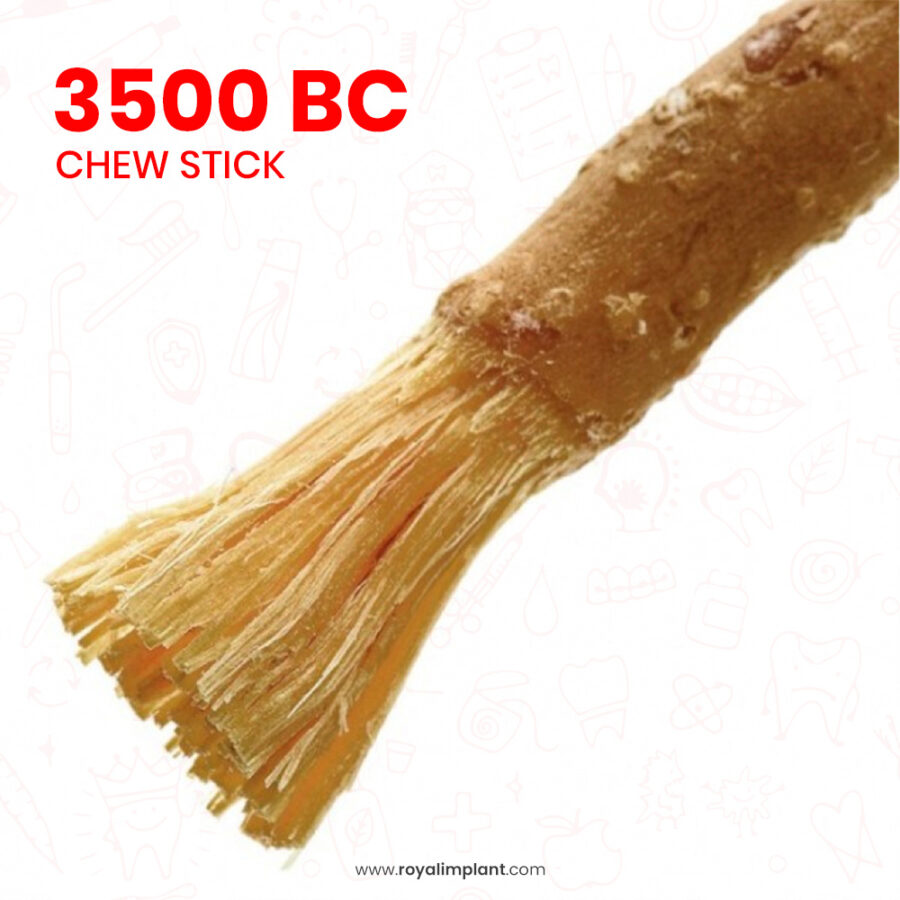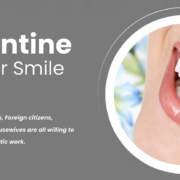Toothbrush has evolved because whereas over the years from the twigs and now to electronic toothbrush available in the market.These bristles today most commonly made up of nylon (synthetic). Effective plaque control should be the main aim when determining the type of toothbrush. Soft bristles toothbrush because recommended in children to reduce the chances of gingival tissue trauma. Soft toothbrush also recommended after dental surgery, those having sensitive teeth, carious teeth.
Toothbrush comes in different sizes, shapes, length and therefore hardness. According to American Dental Association, various diameter of bristles available are:
Soft:0.2 mm diameter
Medium: 0.3 mm diameter
Hard: 0.4 mm diameter
Difference between Hard or Soft Toothbrush?
Toothbrush has evolved because whereas over the years from the twigs and now to electronic toothbrush available in the market. These bristles today most commonly made up of nylon (synthetic). Effective plaque control should be the main aim when determining the type of toothbrush. Soft bristles toothbrush because recommended in children to reduce the chances of gingival tissue trauma. Soft toothbrush also recommended after dental surgery, those having sensitive teeth, carious teeth.



Hard Bristles!
Hard bristle toothbrush are more efficient in removing plaque than soft bristles toothbrush as they are stiffer and do not bend and exert more pressure which cause wear of tooth enamel and injury to the gums. It causes abrasion, erosion like tooth defects which in turn will cause therefore sensitivity of the tooth. They do not extend easily to difficult areas like the inter proximal surfaces.
These may not be recommended in patients already having abrasion, erosions, sensitive teeth, carious teeth, old age patients. Soft to medium bristle toothbrushes preferred according to specific oral care needs. Toothbrush should be changed every 6 months to avoid fraying away off the bristles.







There too many types toothbrushes available in market. Soft to medium bristle toothbrushes to specific oral care needs. Good for oral health. and for teeth.